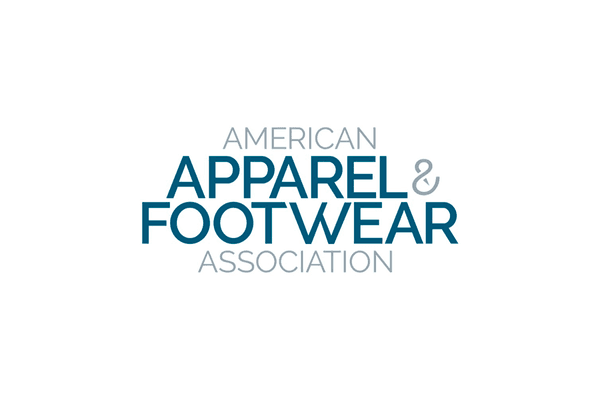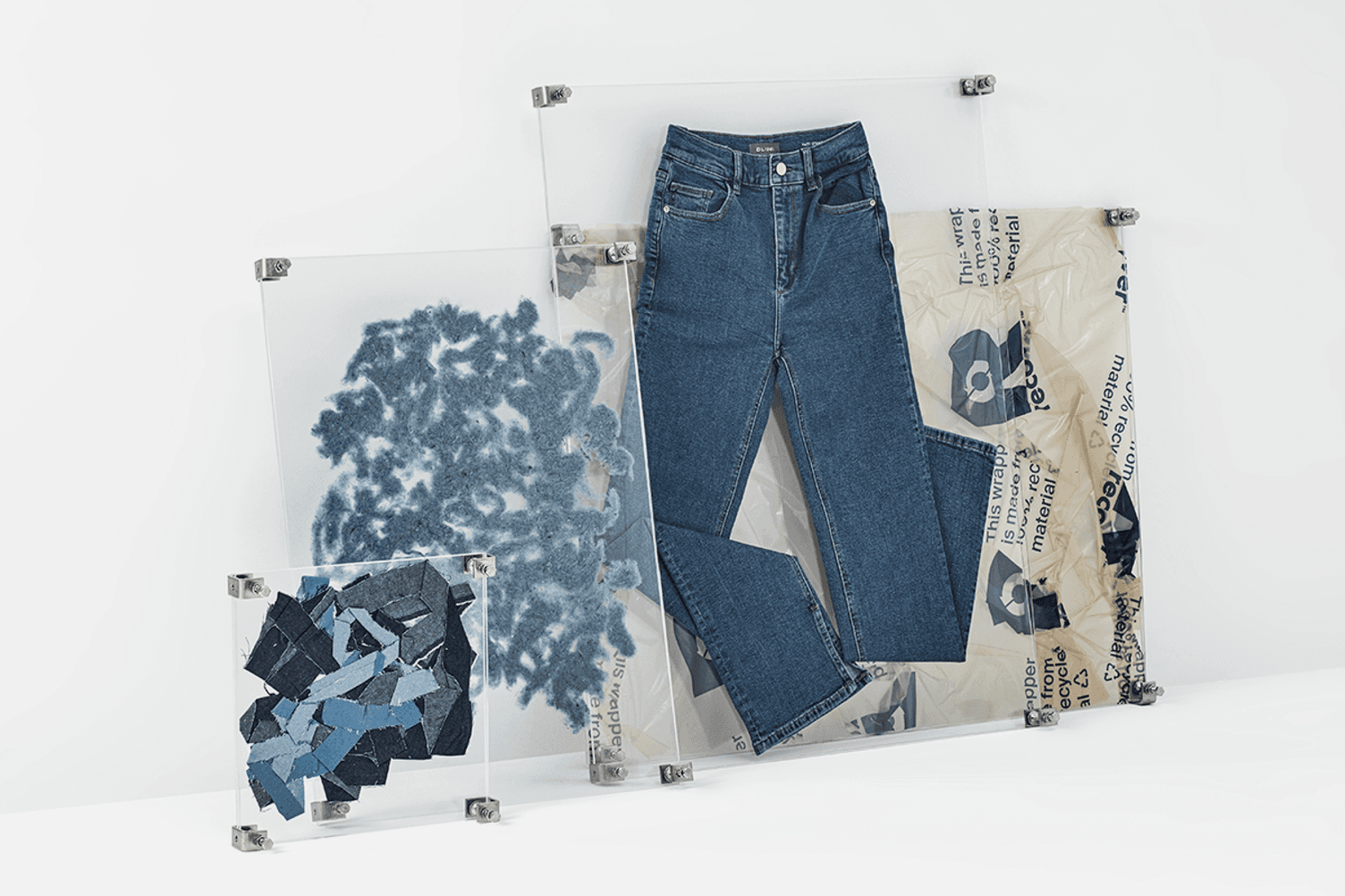Recover™ joins the American Apparel & Footwear Association

Site map
The fashion industry is one of the most wasteful and pollutant industries in the world [1]. Our “Take Make Dispose” mentality has meant that globally up to 85% of textiles go into landfills each year. That’s enough to fill the Sydney harbor annually [2].

Zero Waste Week was created in 2008 to demonstrate means and methods to reduce waste, foster community support and bring awareness to the increasing problem of environmental waste and pollution. The week is celebrated every year at the start of September, as a result of the growing zero waste movement.
When referring to zero waste in fashion, this refers to items of clothing that generate little or no textile waste in their production, use-phase, and their end-of-life. To achieve this, zero waste must be achieved at both the pre-consumer level, with the elimination of waste during manufacturing, and the post-consumer level, fostering the durability of the garments, their second use and, finally, the recycling of the textiles, eliminating waste at what would normally be the end of the product use life of a garment. Thus, creating a closed-loop system and avoiding clothes to end up in landfill or incinerated.
At Recover™, we transform textile waste into recycled cotton fiber using our proprietary mechanical process, and work with our partners in the supply chain to put in place a closed-loop recycling system. But how can we ensure this system is a success?
Going zero waste in fashion needs a structural change in the process of manufacturing, especially at the early stages of a product life. In short words: by designing for cyclability. To create this system involves not just reducing the resources used in making those clothes but also designing them in such a way that at the end of their lives they can be recycled easily. To tackle the growing amounts of textile waste, and work towards a zero-waste textile industry, it is important that garments produced are more aligned with capabilities of recycling technology.
Industry initiatives such as the Jeans Redesign of the Ellen McArthur Foundation and the Circular Design Guidebook of ASOS are already setting the basic guiding principles to consider during the design stage and we are already starting to see some leading best practices. “Implementing design strategies for cyclability” was also the first immediate action point outlined by Global Fashion Agenda in 2017 to set a direction for the transition to a circular fashion system within the 2020 Circular Fashion System Commitment. Whilst at Recover™, we work with our partners helping with design cyclability integrations for products using our fibers to ensure that the garments can easily be recycled again.
(Read Design for Cyclability for more information)

Variation and quality differences among the raw textile waste material can also be a challenge to achieving a closed-loop, zero-waste system. Recover™ has specific needs with regards to sorting and preparing textile waste and there currently is a big technology and capacity gap in the market to fulfill those needs. Sorting by color & composition, removing fortnitures, and traceability are crucial, especially for post-consumer textile waste, and we are partners in several industry initiatives to help build the circular supply chains and infrastructure that we need to scale these circular practices.
For the consumer, it is also important to build awareness of how and where they can correctly recycle their textiles to reduce waste, and build the infrastructure to help support this. Projects such as ReHubs will have a major part to play as they plan to pursue fiber-to-fiber recycling for 2.5 million tons of textile waste by 2030 and will set and monitor the European textile recycling road map and will orchestrate collaboration and trigger projects.

As a leading mechanical recycler, we are committed to working towards a circular system, during zero-waste week and every other week of the year. We encourage consumers to do the same, and help us build a zero-waste system by thinking before throwing. If it can’t be reused, repaired, or resold, then remember to donate clothes at the closest textile and clothing recycling point.
---------------------------------
[1] https://news.un.org/en/story/2...
[2] https://www.epa.gov/facts-and-figures-about-materials-waste-and-recycling/textiles-material-specific-data

